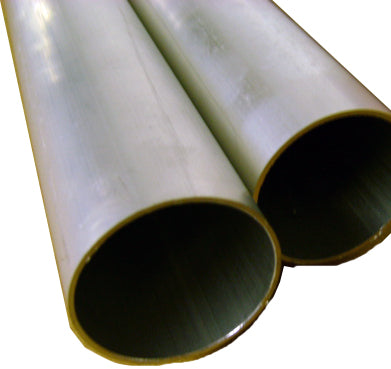Just a post build update...
I was moving my 4 Place B Model last week. I noticed a "swooshing" sound somewhere in the left wing. Narrowed it down to the aileron. I quickly realized that the lead shot I used in the balance tube was leaking out. Not sure how this happened. During construction I sealed one end of the tube with a generous amount of epoxy. I poured in the loose lead shot, then sealed the other end with epoxy. I know that some have used a slurry of lead shot and epoxy, but I could not come up with a clean method for doing that.
I removed the aileron and drilled out the epoxy plug on one end, and poured out the remaining shot. Also had to cut open one of the lightening hole and shake out all of the loose shot.
I am refilling the balance tube with lead wool. If I had to do it over again, I would use lead wool in the balance tubes instead of the bird shot.
https://www.mcmaster.com/lead-wool/.
I suppose one of the rivets used to secure the balance tube in the leading edge of the aileron came loose.
I was moving my 4 Place B Model last week. I noticed a "swooshing" sound somewhere in the left wing. Narrowed it down to the aileron. I quickly realized that the lead shot I used in the balance tube was leaking out. Not sure how this happened. During construction I sealed one end of the tube with a generous amount of epoxy. I poured in the loose lead shot, then sealed the other end with epoxy. I know that some have used a slurry of lead shot and epoxy, but I could not come up with a clean method for doing that.
I removed the aileron and drilled out the epoxy plug on one end, and poured out the remaining shot. Also had to cut open one of the lightening hole and shake out all of the loose shot.
I am refilling the balance tube with lead wool. If I had to do it over again, I would use lead wool in the balance tubes instead of the bird shot.
https://www.mcmaster.com/lead-wool/.
I suppose one of the rivets used to secure the balance tube in the leading edge of the aileron came loose.



Comment